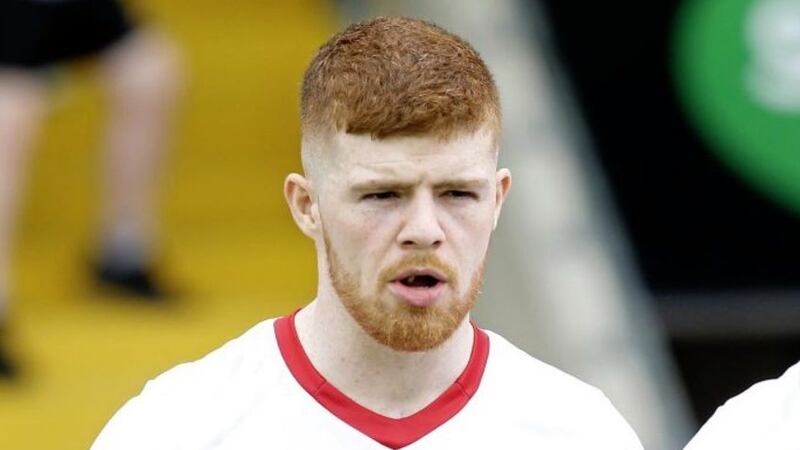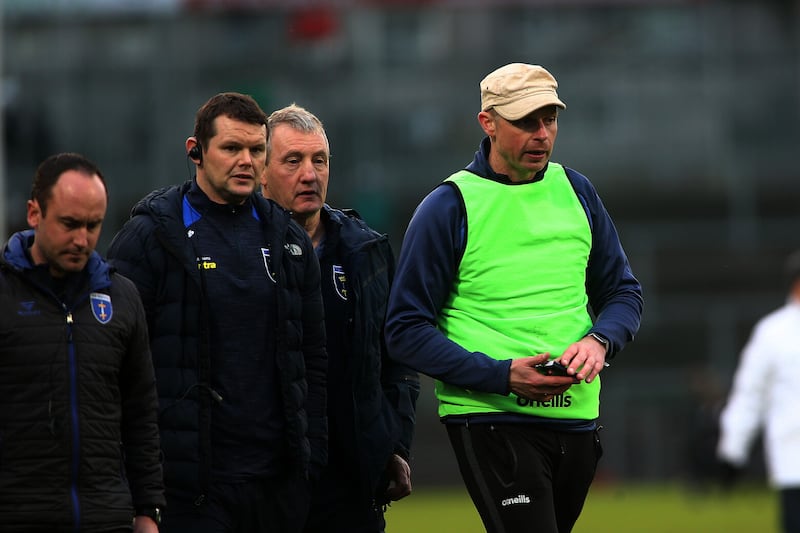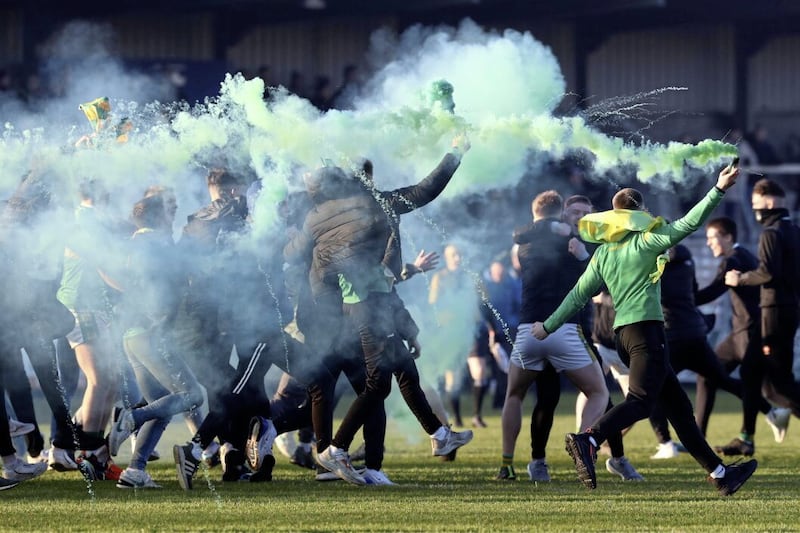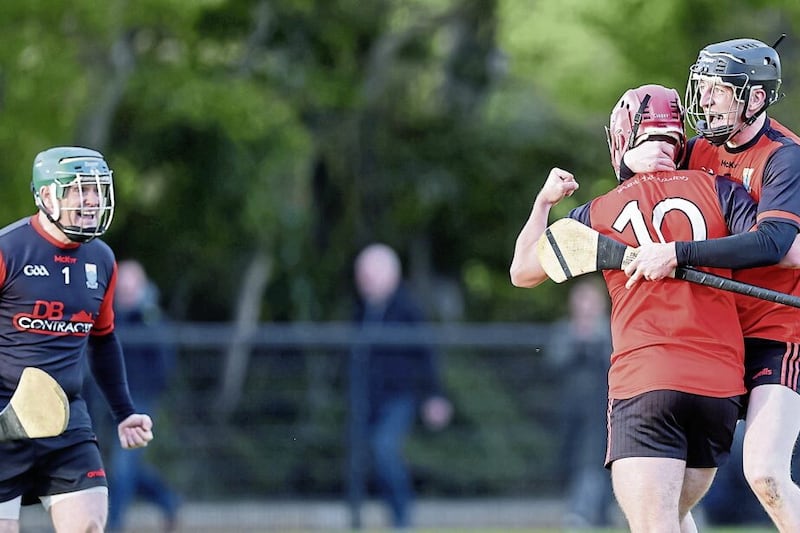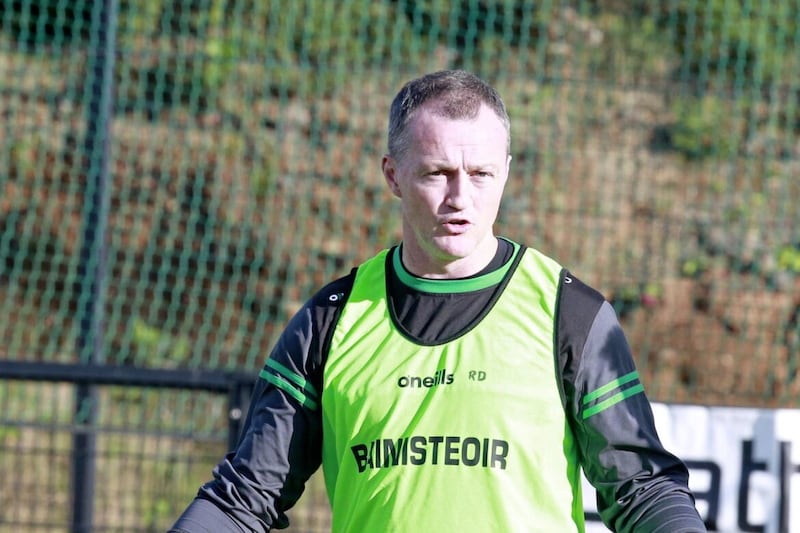IF you want evidence of the lack of connection between Ulster club success and Ulster county success, consider this fact: Antrim sides have won the Seamus McFerran Cup more often than teams from Tyrone and Donegal combined.
Indeed no actual Donegal club has won the provincial senior title, with the only Tir Chonaill team that took the trophy to ‘the hills' being the slightly strange ‘St Joseph’s’ amalgamation of Ballyshannon and Bundoran – way back in 1975.
It remains a matter of bewilderment to some that no Tyrone team has won the Ulster club since Errigal Ciaran collected the cup for the second time in 2002.
However, as much as certain clubs would love to be crowned provincial champs, the Red Hands haven’t exactly done badly since then as a county, have they?
There are always exceptions to any ‘rule’ – Crossmaglen and Armagh, for example – but it does seem that the more competitive a county’s club scene is, the more competitive that county will be on the inter-county stage.
It’s been widely noted that Tyrone has now had seven different winners of the O’Neill Cup over the past decade (Coalisland, Dromore, and Omagh twice each, Clonoe, Errigal Ciaran, Killyclogher, and Trillick).
Donegal has been almost as fiercely fought, with five clubs sharing the last 10 SFCs between them: St Eunan’s and Glenswilly with three each, Naomh Conaill twice, then Kilcar and Gweedore last year and this.
Even in Monaghan, where Scotstown have won five and Clontibret three, there have also been triumphs for two other clubs, namely Ballybay and Latton.
Cavan haven’t collected the Anglo-Celt Cup for more than 20 years, but at least the Breffni Blues have been in Division One and will return to the top flight next season.
Their championship, perhaps helped by various crazy changes of format, has produced six different winners – Cavan Gaels, Kingscourt, Mullahoran, Ballinagh, Ramor United, and now Castlerahan.
In fact on a few occasions Cavan have fielded senior sides drawn from 15 different clubs.
Compare that to the counties which have struggled in Ulster and/or in the National Football League more recently.
The aforementioned Antrim’s football scene has largely been a duopoly of St Gall’s and Cargin, broken only by a rare win for Lamh Dhearg last season.
Fermanagh has only had three different winners too, Derrygonnelly (5, including four-in-a-row), Roslea, and Tempo.
Derry has had four – The Loup, Ballinderry (three), Slaughtneil (four), and Coleraine, now two-time winners after this year’s triumph. The Loup reached the 2009 Ulster final, while Ballinderry won it in 2013, then the Emmet’s in 2014, 2015, and again last year – yet Derry has gone two decades without the Anglo-Celt Cup.
Armagh is no longer really an anomaly, even though it may appear otherwise. Sure, there has been variety on their club scene, with Crossmaglen’s stranglehold broken in 2009 by Pearse Og, and since then Maghery and Armagh Harps have also won the Gerry Fegan Cup - but that increased competition internally has not translated into improved inter-county results for the Orchard County. It’s now more than a decade since Armagh won Ulster.
Perhaps the changes on the club scene there have been more about Cross’ regressing and then re-grouping, especially as none of those other three sides made much impact in Ulster. Besides, the Rangers have still won seven of the last 10 titles, so they remain a very dominant outfit ‘domestically’.
Armagh and Derry folk of my acquaintance may boast about their clubs’ successes in Ulster and beyond, but it doesn’t mean a great deal on the inter-county scene.
St Gall’s may have won three Ulsters, but at least one of their players couldn’t remember the last year they did so. It was 2009 – a year that no fan of Antrim football back then will forget for a long time, because the Saffrons reached the Ulster final.
At the other end of that scale, no Monaghan club has won Ulster since Castleblayney in 1991, but their county team has won two Ulsters this decade and reached the All-Ireland semi-finals this year.
What makes more people happier?
Down has a proud football tradition, joint top of the All-Ireland winning pile among Ulster counties – but it’s now almost a quarter of a century since the Mournemen last lifted the Sam Maguire and Anglo-Celt Cups.
Outside Ulster, the most competitive counties of recent times, Dublin and Mayo, both have competitive club scenes.
Even with four titles for St Vincent’s over the past decade, there have been four other winners in Dublin – Ballyboden and Kilmacud twice each, plus St Brigid’s and Ballymun.
Mayo has been mostly about Ballintubber (four) and Castlebar (three), admittedly, but there have also been wins for Ballaghadereen and Charlestown.
Unlike my colleague Cahair O’Kane and his kickout-watching marathon on Monday, I stopped myself before going too far down the rabbit-hole of trying to understand the Kerry club and the Kerry county championships.
To paraphrase Gary Lineker’s comment about international soccer, it seems to be that they play an awful lot of games, and players can even line out for a couple of teams, but then Dr Croke’s of Killarney win everything in the end. As far as I can calculate, they have won seven of the last Kerry ‘County’ Championships – with only South Kerry (twice) and Austin Stack’s stopping them – and five Kerry ‘Club’ Championships. At least Kerin’s O’Rahilly’s (twice), Stack’s, Dingle, and Rathmore have had some joy on that front.
Even so, despite the recent dominance of Colm Cooper and company, that sheer amount of matches played surely contributes the ongoing competitiveness of the Kingdom on the inter-county scene, despite their recent lull.
Galway has had one dominant club too, Corofin winning eight of the last 10, including the last six consecutively, with only Killererin and Salthill-Knocknacarra denying them.
Such mastery on the home front has helped Corofin to two All-Irelands over the past four seasons – but Galway as a county only returned to Division One this year and to the All-Ireland semi-finals for the first time since 2001.
One dominant club isn’t necessarily a bad thing, as Crossmaglen demonstrated over the previous decade, but it does look like a truly competitive club scene is the recipe for inter-county success.



